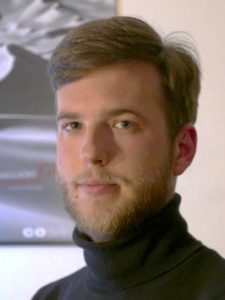 Lecturer: Aljoša Hafner, Elettra Sincrotrone Trieste, Italy
Lecturer: Aljoša Hafner, Elettra Sincrotrone Trieste, Italy
In the last decades, large research facilities have played a vital role in the research output of many high-impact fields, e. g. protein crystallography. Such research facilities (synchrotrons, neutron sources, etc.) provide essential experimental infrastructure (X-rays, neutrons, ion beams, etc.) to their users (researchers from universities and industry), who apply for experiments through competitive peer-reviewed calls.
The workflow that scientists have to adopt in order for their experiment to be successful in each phase (from acceptance to preparation, measurements, analysis and publishing) differs from the standard laboratory workflow.
The facilities are therefore continuously working on actively assisting in each step of the process. The efforts are currently focused on FAIR (findable, accessible, interoperable, reusable) data and EOSC integration and are a considerable step towards making the said facilities and the obtained results more accessible. In the lecture we will take a look at how the experimental process has been conducted in the past, how it is currently done at Elettra Synchrotron facility and how cloud-based tools and open science services (EOSC) are going to benefit the researchers in the future.

